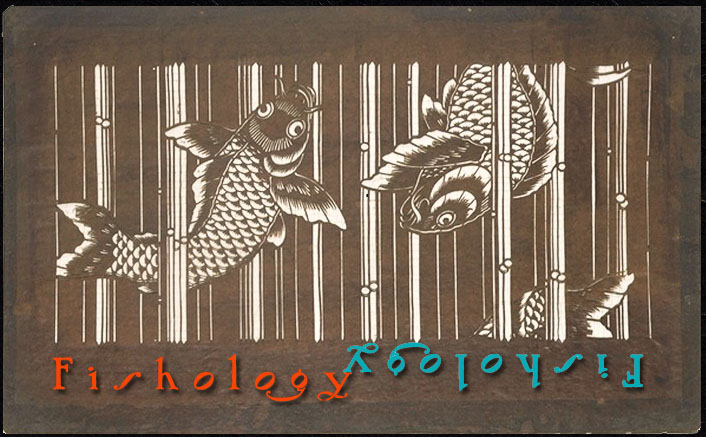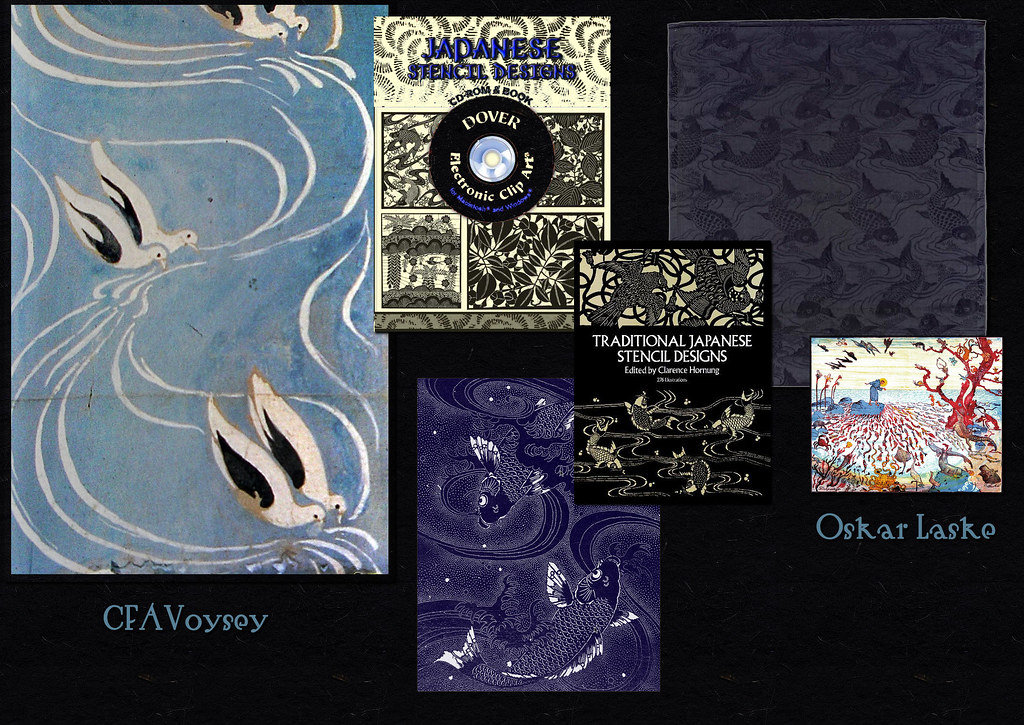A Work Of Artifice
 The bonsai tree
The bonsai treein the attractive pot
could have grown eighty feet tall
on the side of a mountain
till split by lightning.
But a gardener
carefully pruned it.
It is nine inches high.
 Every day as he
Every day as hewhittles back the branches
the gardener croons,
It is your nature
to be small and cozy,
domestic and weak;
how lucky, little tree,
to have a pot to grow in.
 With living creatures
With living creaturesone must begin very early
to dwarf their growth:
the bound feet,
the crippled brain,
the hair in curlers,
the hands you
love to touch.
Marge Piercy
copyright 1966 marge piercy all rights reserved
copyright 1966 marge piercy all rights reserved
Labels: marge piercy, poetry, Wassili Wassiljewitsch Wereschtschagin, WATANABE Ryosuke, women






















